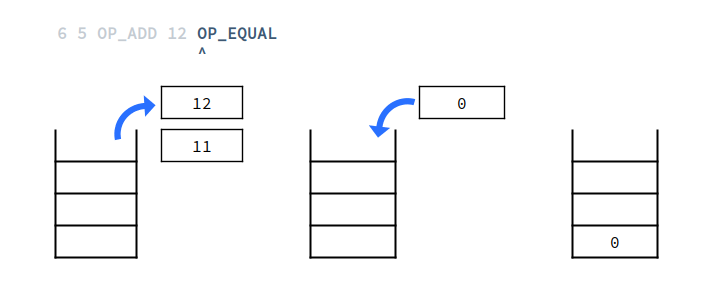 txscript
txscript
Decred uses a scripting system known as txscript for transactions. txscript is a simple, stack-based, Forth-like programming language. The language is not Turing complete and does not implement any type of looping, but it is still fairly powerful despite this. Each of these properties are described in more detail below.
A script can be considered as a list of conditions attached to a transaction, which must be met in order for the recipient of a transaction to spend the Decred they have received.
In a simple transfer of Decred from one address to another, the script will typically specify just two requirements:
- a public key that, when hashed, yields the receiving address specified in the script
- a signature to prove ownership of the private key corresponding to that public key
More complex scripts can be constructed requiring multiple private keys, or no keys at all, and it is possible to make use of time locks which prevent the spending of DCR until some point in the future.
The scripts executed by full nodes while validating transactions in a block or before entering the mempool are actually a combination of two or three different scripts:
-
The Public Key script (
scriptPubKey) resides in the previous output (the UTXO or in other words, the output being spent by one of the transaction’s input). -
The Signature Script (
scriptSig) is stored in the input being validated. -
The so-called Redeem Script is used in P2SH addresses and is stored as part of the
scriptSigand has some special rules for being detected and executed.
Stack-based
txscript is described as a stack-based language because it uses a stack data structure in processing and executing commands. A given script is run from left-to-right, and as it runs it makes use of the stack to store values.
txscript uses operation codes, or opcodes, to remove items from the stack, perform some calculation on them, and then push the result back onto the stack.
To provide a simple example, consider the following script which uses the
opcodes OP_ADD and OP_EQUAL.
In the real world, the data used in scripts are usually cryptographic values
such as public keys and signatures, but for the sake of simplicity this example
just uses some small integers.
6 5 OP_ADD 12 OP_EQUAL
This script contains five instructions, which will be executed as follows:
-
The value 6 is pushed onto the stack

-
The value 5 is pushed onto the stack

-
OP_ADDpops the top two values from the stack, adds them together, and pushes the result, 11, onto the stack
-
The value 12 is pushed onto the stack

-
OP_EQUALpops the top two values from the stack, compares them, and pushes 0 (false) onto the stack. If the values were equal, 1 (true) would be pushed instead.
Forth-like
txscript resembles Forth, an imperative stack-based language originally released in 1970.
Forth is typically used in embedded systems which involve interaction with hardware, and it has been widely used in the fields of astronomy and space travel. This is can be attributed to its portability, efficient memory use and high execution speed.
Turing Incomplete
Unlike most modern programming languages, txscript is not Turing complete as it lacks some of the needed functionality such as loops, jumps, and complex control structures. This is a deliberate design decision. While this does limit the scope of scripts which can be written in txscript, there are several advantages which come from Turing incompleteness:
- Scripts cannot enter infite loops, which could arise from either unintentional programming errors or from intentional, malicious attacks. This means txscript is not susceptible to the halting problem.
- Complexity of scripts is limited, which means they can be more easily audited and more thoroughly tested.
Examples
Further, more complex examples, as well as some real world uses of txscript can
be found in the txscript package in the dcrd
repo on GitHub.